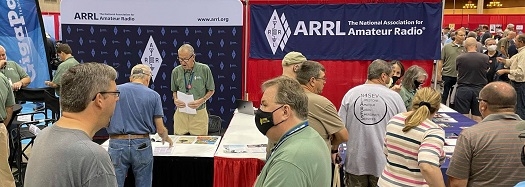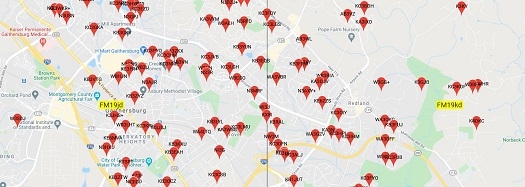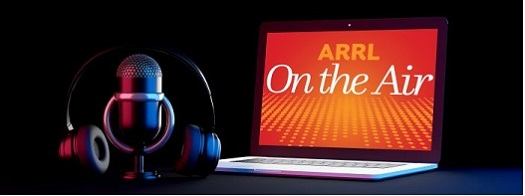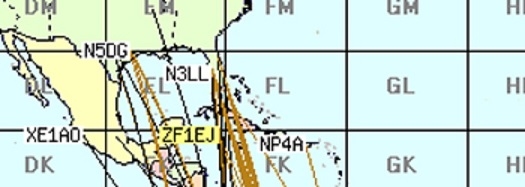On the Air Email - Issue No. 5 (October 2021)
Magazine | Blog | Podcast | Join or Renew | New Ham Resources | Band Chart
Past Issues...
No. 1 | June 2021
No. 2 | July 2021
No. 3 | August 2021
No. 4 | September 2021
Wondering what to do with your new license?
This email provides you with articles and advice from experienced hams to help you get active and on the air.
Why a New Ham Should Join an Amateur Radio Club

You have your license and your first radio. If you’re not sure what to do next, join a local Amateur Radio club where you will connect with experienced hams who can help you get more involved and on the air. One of the best things about being part of a club is learning from other hams, and some of the best clubs create opportunities where that can take place. Read the article Strength in Numbers and visit arrl.org/clubs to look for a club today.
Get to a Hamfest

Hamfests are a great place to finally meet the hams you've been talking to on the air. These events draw hundreds or thousands of radio amateurs that you can learn from, buy from, and meet one-on-one with. Whether an event is larger or smaller, the reaction from anyone attending their first hamfest is usually the sheer delight of enjoying the company of so many other hams. In this On the Air article learn what you can expect to find at a hamfest, and how to get the most out of it.
Finding Ham Radio Neighbors

With the help of the FCC database, the QRZ.com website, and Google Maps, Ross Keatinge, KT1F, has created a tool to locate US hams according to various search criteria. Just go to haminfo.tetranz.com/map/[your call sign]. Replace “[your call sign]” in the URL with your call sign. For example, if your call sign is W1AW, you’d enter the URL as haminfo.tetranz.com/map/w1aw.
Scroll down the page and you’ll see a map with your location shown, along with what may be a surprising number of other amateurs nearby. You can expand the map to see even more. This site is useful if you are looking for local hams, moving to a new area, forming a new radio club, or looking for new club members to invite.
Click on any pushpin to see the station information under the marker. After clicking on a pushpin, you’ll find more information by clicking on the qrz.com link, Many hams subscribe to this website and typically provide station information, descriptions of radio and antennas, operating modes, photos, clubs they belong to, and an email address. That said, a few amateur stations may have a blank page.
A New Ham’s Guide to The ARRL Handbook

The ARRL Handbook for Radio Communications is an enormous – and enormously valuable – ham radio resource. In this episode of the On the Air podcast, Steve Goodgame, K5ATA, elaborates on how The ARRL Handbook can help new hams understand concepts such as antenna gain, and how it can even help save new hams time and money on purchases like feed line and antennas.
Hamspeak

DX Cluster — A cooperative spotting network that reports radio activity of stations operating from unusual and distant locations worldwide, to interested amateurs. Popular DX spotting sites include dxwatch.com, dxsummit.fi, and others.
Join ARRL today for digital access to the archives and the latest issue of On the Air for the knowledge you need to get active, engaged, and on the air!
Subscribe
The On the Air Email is a monthly resource for new hams. Subscribe now.
What's Next
Read advice from experienced hams who will answer questions about what to do after you have gotten your license.
Got a question? Submit it to members@arrl.org.
News & Features >> On the Air Magazine >> On the Air Email >> Issue No 5 2021


.jpg)








